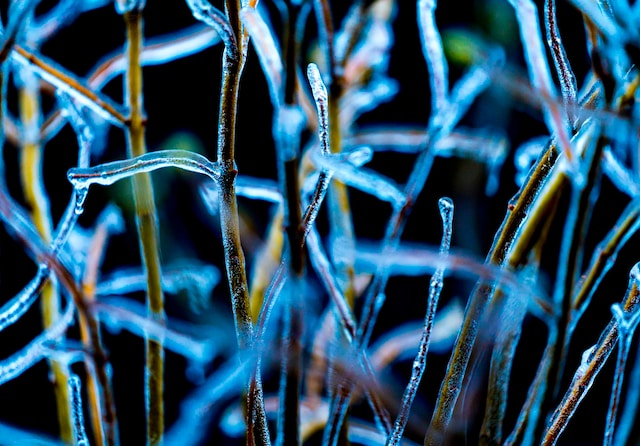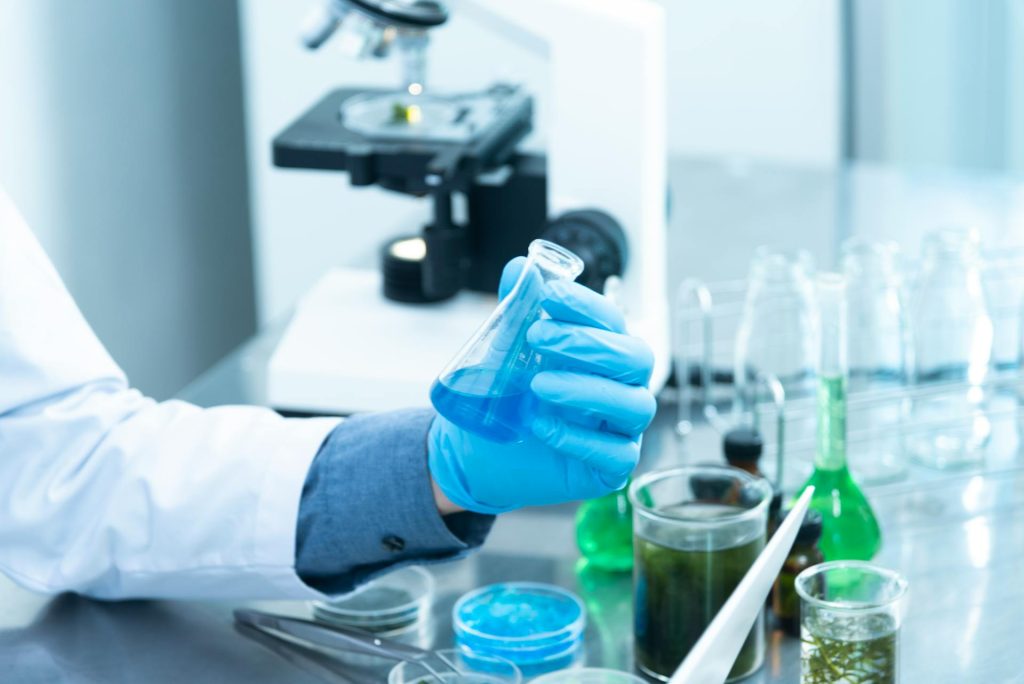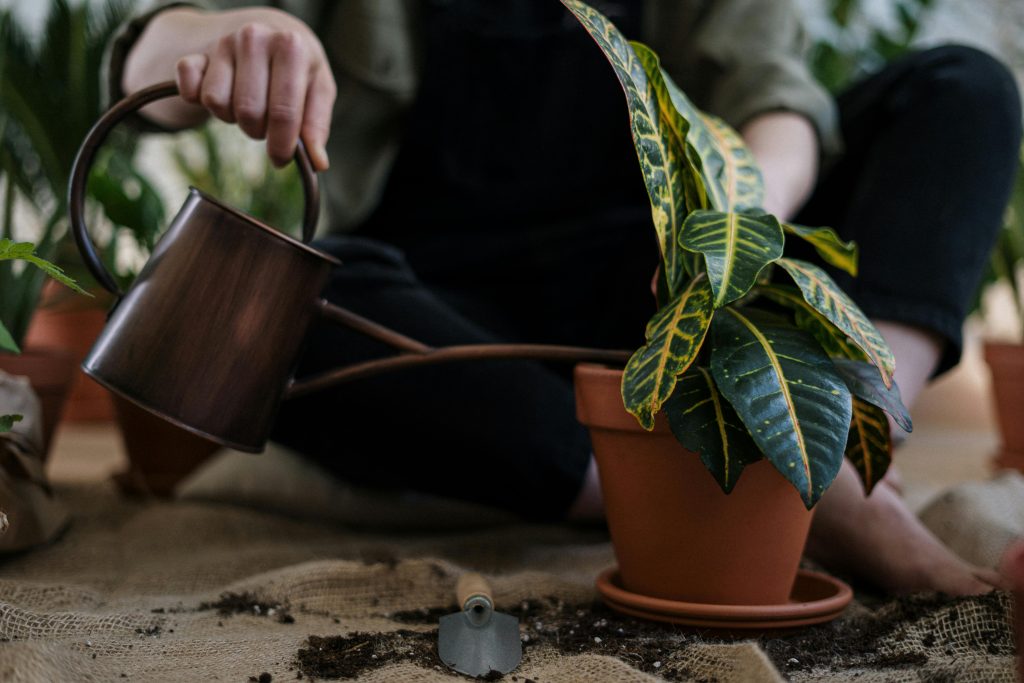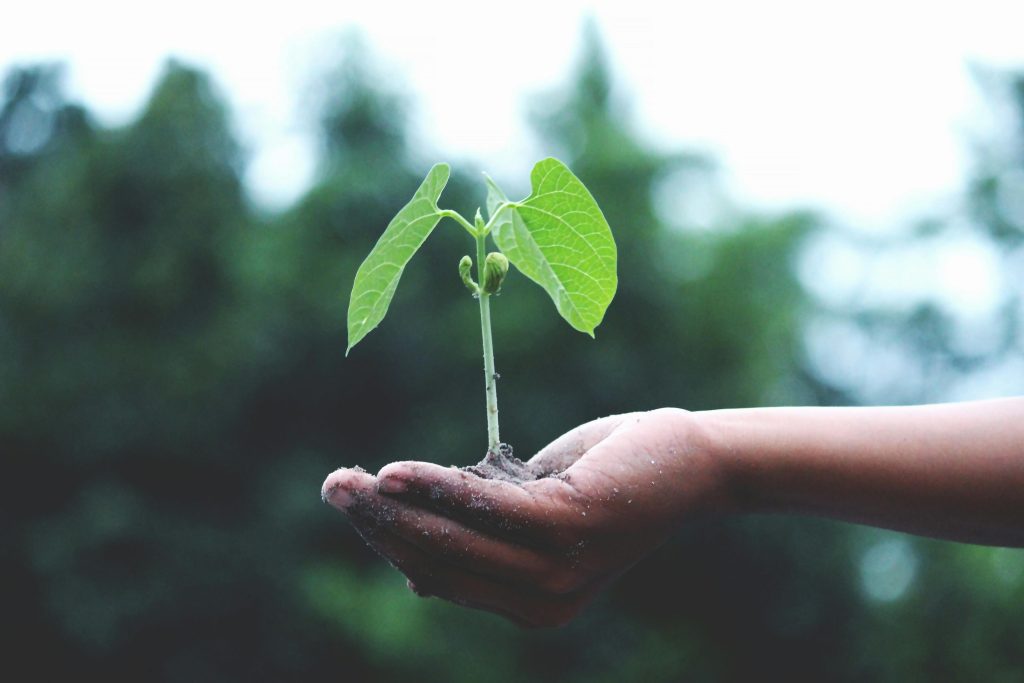
About a year ago, I wrote our first article about Enviro Ice. Companies like HungryRoot use this gel to keep items cold for shipping, and I receive it in my monthly food deliveries. Surprisingly, you can use this nitrogen-based product to fertilize your plants according to the manufacturer. I considered trying it in my garden, but for reasons we will get into, I didn’t actually end up doing it.
Since looking into Enviro Ice the first time in early 2024, we’ve received a number of new questions about it and how to use it. Here are answers to your burning questions based on my research and user reviews.
What Is Enviro Ice?

Image source: Pexels.com.
As explained above, Enviro Ice is a biodegradable gel pack that’s used to keep items like food and medical supplies cold during shipping. The manufacturer, Pelton Shepherd Industries, hasn’t published information about the exact composition of Enviro Ice. Since it isn’t designed for direct food consumption, they aren’t required to share the full list of ingredients.
However, we do know that it’s a nitrogen-based product that’s suitable for use as a fertilizer. Peloton Shepherd states that you can use it on indoor plants, outdoor flowers, and vegetables. They also say that the formulation isn’t susceptible to mold, so it’s free of heavy antimicrobial agents that may be found in other refrigerants. The product’s nontoxic thickening agent shouldn’t harm your soil or any water nearby your garden.
Manufacturer Instructions for Diluting Enviro Ice

Image source: Pexels.com.
There are two different versions of Enviro Ice that the manufacturer explains how to use on plants. The first is the standard formula, which has an NPK value of 0.1-0-0. This means that it isn’t a balanced fertilizer because it doesn’t contain any phosphorus or potassium. It also has quite low levels of nitrogen, so you don’t have to dilute it very much. Here’s the recipe that Pelton Shepherd provides on its website:
Indoor Plants: Mix 6 oz. / 170 grams / 0.75 cups of Enviro Ice per gallon of water. Feed indoor plants every two weeks.
Outdoor Flowers and Vegetables: Mix 17 oz. / 480 grams / 2 cups of Enviro Ice with one gallon of water in a watering can. Feed outdoor plants every 7-14 days during the growing season.
The other version of the product, called Enviro Ice -12C, is likely a better plant fertilizer. Its NPK value of 6-0-0 indicates that it has a higher nitrogen content. However, this formulation is still unbalanced, so you may need to use it in conjunction with other additives.
Here are the exact dilution instructions:
Indoor Plants: Mix .2 oz./5 grams/1 teaspoon of Enviro Ice -12C per gallon of water. Feed indoor plants every two weeks.
Outdoor Flowers and Vegetables: Mix .5 oz./14 grams/3 teaspoons of Enviro Ice -12C per gallon of water in a watering can. Feed outdoor plants every 7-14 days during the growing season.
Asking ChatGPT For Its Opinion

Image Source: Pexels.com
Although Enviro Ice’s ingredients are proprietary, we asked ChatGPT to speculate about what might be in it. Peloton Shepherd’s website provided a clue that helped ChatGPT narrow things down a bit. Apparently hydrolysis occurs within 2 to 4 days when you use it as a fertilizer.
Since it breaks down quite quickly, ChatGPT believes Enviro Ice likely uses synthetic nitrogen sources like urea rather than organic compounds. In ChatGPT’s opinion, the formulation is also unlikely to contain nitrate or ammonium because they don’t require hydrolysis.
I also asked ChatGPT what the pros and cons of urea-based fertilizers are. On the plus side, it should support healthy soil due to its microbial breakdown process. It’s also great for high-nitrogen crops like greens and brassicas. A potential downside of urea is that it may lower the soil pH, which can be bad for plants that prefer more neutral or alkaline soil. ChatGPT also recommends mixing or watering in the fertilizer right away to prevent the urea from evaporating.
Keep in mind that this information isn’t verified—it’s just speculation from ChatGPT. Since the manufacturer keeps the exact ingredients private, we aren’t sure which form of nitrogen it actually contains.
User Reviews of Enviro Ice
On Reddit and around the web, I’ve found a few people who responded to questions about using Enviro Ice on plants. They’ve tried the product and documented their experiences with varying levels of scientific insight. While the experiences are varied, they indicate that with proper dilution, Enviro Ice can help plants grow just as advertised.
Dilution Is the Solution
User KimAlex17 shared on Reddit four years ago that Enviro Ice has worked well on her plants. She actually called the customer service number to ask about how to use it. She was told the optimal dilution is one gallon of water for 16 ounces of gel. She reported 77 happy plants.
Similarly, in the same thread, user Optimal_Cheetah3755 reports using it on a moth orchid plant. It sprouted new leaves and new roots. They say they use just 1-2 teaspoons of the gel per plant. They diluted that with water, although they didn’t say how much.
It Might Be Great for Trees
Reddit user ISK_Reynolds tried the product on two young indoor trees. They used three full Enviro Ice packs diluted with two gallons of water. They put this mixture on only one of the trees, and have said the one that received the diluted Enviro Ice is growing better than the other.
Failure to Dilute Can Cause Burning
Several people reported that Enviro Ice didn’t work for them. They said it burned either the plant, the soil, or both. However, in all cases, it seems that they didn’t sufficiently dilute the Enviro Ice.
Can You Grow Plants in 100% Enviro Ice?
In the same thread, AJ_Effendi talks about trying to grow water plants in just the gel. This is not a typical approach, but certainly a very interesting one. This user found that some cuttings have survived well in the gel. Their stems are a bit squishy but above the waterline they do grow. That said, some have died, so it was a mixed experiment.
Should You Try Enviro Ice on Your Plants?

Pexels
It’s clear Enviro Ice can help your plants grow, as studies have shown that it improves plant growth by about 25%. With proper dilution, it seems great for use on ornamental plants. Although the manufacturer says it’s suitable for vegetables, I’m wary of eating anything that has been grown in direct contact due to lack of information about its ingredients.
As a result, I haven’t tried it in my garden yet. But if you want to experiment, luckily the manufacturer provides clear dilution instructions and users have shared their experience online.
Have you tried Enviro Ice? If so, share your experience in the comments!
Additional Links:
- 5 Reasons To Use Fish Amino Acid On Your Plants
- Does My Brown Thumb Make Gardening a Waste of Money?
- 4 Cost-Effective Organic Garden Fertilizers
Kathryn Vercillo is a long time writer, crafter and author of several books. A resident of San Francisco, she is committed to helping others explore, articulate and share their own individuals stories. When she’s not evaluating investing opportunities Kathryn is an avid knitter, researcher, and blogger.
Leave a Reply